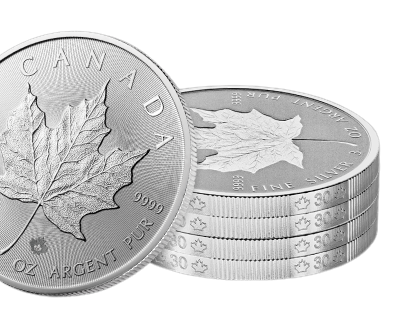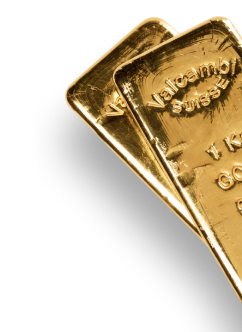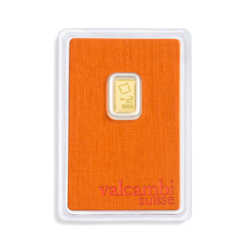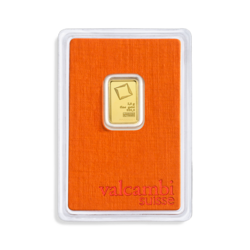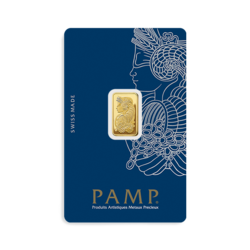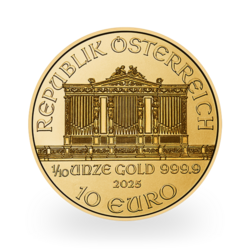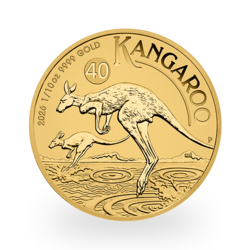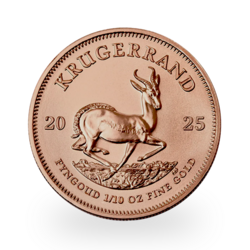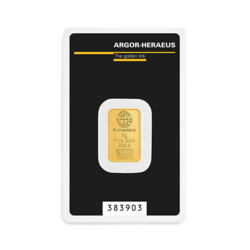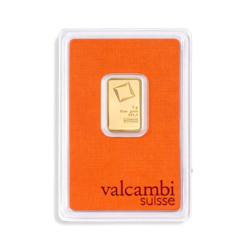India has taken a historic step toward the remonetization of silver — officially allowing the white metal to serve as collateral for bank and non-bank loans under new Reserve Bank of India (RBI) regulations set to take effect in April 2026. The move effectively establishes a 10-to-1 silver-to-gold ratio in collateral lending, marking the first time a major economy has formally recognized silver's role alongside gold in modern banking.
Silver joins gold in india's banking system
For decades, Indian households have relied on gold jewelry as a primary form of collateral for personal and business loans, especially in rural areas with limited access to credit. The new rules expand that privilege to silver jewelry and ornaments, enabling borrowers to pledge up to 10 kilograms of silver or 1 kilogram of gold as collateral for loans of up to ₹2.5 lakh (approximately $3,000 USD).
The policy applies to both banks and Non-Banking Financial Companies (NBFCs) — a sector that services millions of small borrowers — and introduces uniform valuation and documentation standards to ensure transparency.
While official confirmation of the full text of the policy is still pending publication in the RBI's April circular, reports from multiple financial analysts and precious metals researchers indicate that the framework has already been distributed to major lenders in preparation for rollout.
"India is remonetizing silver," Sanches said. "The new system formalizes silver's monetary role. A person can now pledge up to 10 kilograms of silver for a loan, compared with just 1 kilogram of gold. It's an unintentional but significant reset of the gold-silver ratio."
A modern monetary shift
If implemented as reported, this change would make India the first country in modern history to set a structured monetary benchmark for silver, recognizing it as a parallel store of value to gold. The measure limits collateral to physical holdings — excluding ETFs, coins exceeding certain weights, and non-jewelry bullion — reinforcing demand for tangible metal held by households and small businesses.
Industry experts say the move could bolster domestic silver demand, particularly among India's jewelry makers and small-scale fabricators, while further tightening an already strained global supply chain.
Why it matters for silver prices
Silver's use as collateral adds a powerful financial dimension to its industrial and investment demand. The metal is essential to solar panels, electric vehicle batteries, medical instruments, and military electronics, yet global supply has been running deficits for several years.
Analysts argue that India's shift could amplify those pressures by redirecting more silver into long-term storage as a financial asset.
"This is how remonetization begins — slowly, at the household level," said economist Rajiv Mehta of Mumbai's Center for Precious Metals Studies. "Gold has long been a bankable asset in India. Silver's inclusion democratizes that access and strengthens the metal's monetary identity."
Global context: a wider silver awakening
India's move aligns with broader global developments suggesting a renewed appreciation for silver's dual role as both a strategic commodityand monetary reserve asset.
Recent filings revealed that Saudi Arabia purchased over 93,000 shares of the iShares Silver Trust (SLV), signaling institutional interest in physical-backed exposure. Meanwhile, Russia reportedly increased its silver reserves within the central bank's holdings, a step analysts interpret as part of its broader diversification away from Western currencies.
If such trends continue, emerging markets could establish a new paradigm where silver regains partial monetary credibility — echoing its centuries-old role as global money.
The 10-to-1 benchmark and its ripple effect
By capping collateral at one kilogram of gold and ten kilograms of silver, India has effectively set a monetary reference ratio of 10:1, even though the global spot ratio currently exceeds 70:1.
While not an official "peg," this ratio may influence perceptions of fair value among investors and policymakers, particularly if silver-backed loans prove successful.
Precious metals strategist David Kranzler commented that such a ratio "creates psychological gravity in the markets" — a symbolic equalizer that could accelerate silver's revaluation if global demand continues to rise.
A silver-backed future
The introduction of silver as formal collateral could mark the beginning of a broader silver-backed credit system across emerging economies. It supports financial inclusion, expands household liquidity, and strengthens confidence in tangible assets amid growing skepticism toward fiat currency stability.
Still, some caution remains. The full details of RBI's implementation are not yet public, and the market's long-term reaction will depend on regulatory clarity, loan performance, and the metal's price volatility.
Even so, the symbolism is undeniable. Silver, long relegated to the industrial shadows of gold, is reclaiming its monetary identity.
"Silver didn't just get a seat at the table," said Sanches. "India just gave it a title — Monetary Metal."
Original source: JPost.com
Reproduction, in whole or in part, is authorized as long as it includes all the text hyperlinks and a link back to the original source.
The information contained in this article is for information purposes only and does not constitute investment advice or a recommendation to buy or sell.

